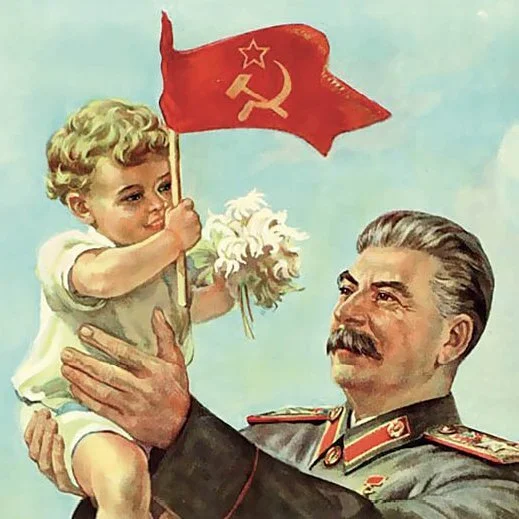The parents never hit their child (back), by the way, only she may hit them if she asks, and is allowed to.
Two excerpts that explain the underlying philosophy:
In the world, Nic points out, women are largely on the receiving end of violence, and in his family that was contrasted with his mom, who would teach the kids judo and jujitsu techniques. His aunt was a national judo champion, and the best judoka in the family. People would come to spar with the family, and they would be paired with his aunt, who is 5-foot-4 on a good day. He grew up seeing pictures of her throwing 200-pound men, their heels flying in the air. Then he would see other people’s families, in which violence was just framed as a negative, end of story.
Margo wants some of Nic’s female relatives’ confidence for our daughter—whether or not she wants to be a martial artist, Margo wants her to be physically prepared for life. Margo has felt so unprepared physically for so many scenarios she’s found herself in, starting with being a young woman in New York City, getting grabbed and groped and followed home and jerked off to on the subway. She wonders how she could have responded differently to all those incidents if she’d had a practice of physical mastery that wasn’t dependent on size or brute strength.
After a lifetime of seeing those dynamics, Nic wants the same thing for his children that he was given: the power to protect themselves and the people around them, and the knowledge to be able to know what does and doesn’t warrant a physical reaction. “I give them a space in the home to practice learning those parts of themselves,” he says, “so if they are in a situation, they are not in that space for the first time.”
“I just want to cultivate children who can protect themselves.”
I like that it involved a girl in this case, but it could also allow boys to still fight eachother as a form of consensual play, and accepting "no" for an answer. Just saying "all violence is bad" can lead to problems down the line when they can no longer control themselves and have zero experience.



Removed by mod
That is not what's going on. They teach her that violence is allowed only in rare cases, and not recklessly or disproportionately. Read the article, please.
She does have boxing gloves, coincidentally, but only for hitting a punching bag "if she needs to let off energy".
Hard agree. If you don't know how to fight you don't get to choose when to fight. If you know how to fight you can choose not to fight.
If you're not dangerous then you're not a pacifist, you're just passive.
With other mammals, when they're little, they play fight a lot. Part of that is learning how to fight, or hunt. Part of it is learning boundaries; How hard can I bite mom before she growls and pushes me away? Okay, that's how hard I can go before a tussle turns in to a bloodletting. We often don't teach kids this. It's just "Don't fight, don't fight, violence is wrong, don't hit people". That's not education, that's ignorance. They'll end up in situations where they think they have to fight because no one told them how to assess a threat, how to decide if they should bluster, run, scream, or throw down. You end up with kids, who don't know stuff, aren't good at emotional regulation, don't have perspective on what violence can achieve and what the consequences are, learning these things from other kids and getting a pretty shitty education.
And; There are no non-combatants in this world. No army will spare you on the basis of age, sex, or fighting ability. You don't get to decide whether your kids are going to fight or not. That's not under your control. Best you can hope for is teach them how to fight and hope that when the time comes they win, and they win easily.
Final thought; Teaching kids when it's okay to hit someone also teaches them when it's not okay to hit someone. And maybe, not always, but sometimes, the first time they get hit they'll say "That's fucked up": and walk away from the relationship. Not every time, there were people trapped in abusive relatinships who could clean the floor with their abusive partner in a straight fight, but it helps.
The world is a horrifyingly violent place wracked by war at every level from the individual to the global. If you want to be a pacifist then first you have to learn how to kill because if you're not making a choice then you're just passive.
deleted by creator
Removed by mod
Once again, that's not what's being said. She gets reprimanded in those cases.